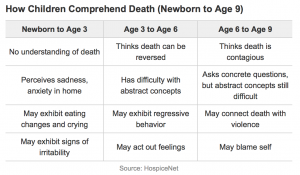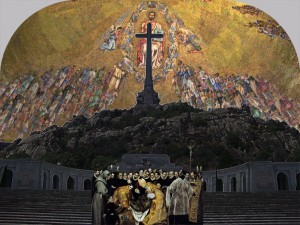Each day, unbelievable amounts of human energy are channeled into prolonging life. We pour millions of dollars and unending hours into seeking medial advents that may fend off death, not only for people who face an immediate risk of dying, but for humanity at large. Prolonging, extending, and improving life in the face of death is the paramount pursuit of humanity.
The concept of immortality has intrigued civilization for ages. Starting with the earliest recorded societies in which immortality often served as the delineating characteristic of gods from men, humans have always elevated and pursued immortality. For most of human history, such aspirations have been just that: aspirational. But as technology advances rapidly and human society achieves unthinkable technological and medical feats such as resuscitation, we may be closer than ever to truly finding immortality. While there may no immediate indicator that immortality is at our fingertips, given the rate of scientific progress in the twenty-first century, the advent of extreme life-prolonging technology should not come as a surprise should it occur.
However, while immortality in the abstract may seem to be the ultimate achievement, most of us don’t want it. According to a recent study by the Pew Research Center, over 60% of Americans wouldn’t want to live past 90 years old, and another 30% hope to never make it past 80. 51% of adults also indicated that not only would they not want to extend their own live, but also felt that life-extending technology would be net-bad for society. Commonly cited concerns include inequity in the distribution off life-extending technology and an accompanying exacerbation of unjust resource allocation, fear of bearing witness to more deaths and losses as a result of having more time to live, and the potential of just being bored. Regardless of reason, a majority of Americans have no interest in extending the duration of human length.
While there are many ethical and practical concerns that come along with the possibility of life extension and even eventual immortality, such concerns may require immediate and pressing discussion. Scientists now estimate that some newly-born children will live to be well beyond one-hundred, and with such imminent possibilities, it is critical that our society start tackling questions of how to address extended life head on. Particularly as current rates of resource consumption threaten even the possibility of stable population management and preservation, accommodating longer lifespans may threaten the population at large by expediting resource depletion. Moreover, in America, healthcare for the elderly is already in a state of financial and organization disarray, covering too few and being stretched too thinly. If living longer forces people into living in deteriorating states for longer, medical budgets will undoubtedly be tested.
While life-saving and prolonging technologies have consistently proven to be some of the most incredible inventions, such technologies may one day outpace our social and moral frameworks that must accommodate them. In order to prevent that from occurring, scientists and ethicists should bring discussions of life extension into the public realm so we can all begin to consider the prospects of longer or even immortal life and whom/what it might be good for.
http://www.pewforum.org/2013/08/06/living-to-120-and-beyond-americans-views-on-aging-medical-advances-and-radical-life-extension/







